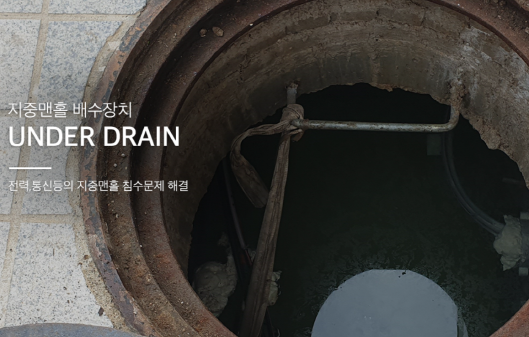Surge Protection System (FLOWTECH.CO., LTD.)
Surge Protection System
- HS Code 731100
- Certification ISO 9001, 14001, 45001( OHSAS), AMSE (U,S), WRAS 등 보유
- Patent 이젝터 효과를 이용한 수충격완화 기능을 구비하는 수배관 시스템및 이를 위한 압력탱크 연결구, 배관 시스템 및 그 제어 방법 등 60종 이상 보유
- Awards
- Features
FLOWTECH do surge analysis, designing, manufacturing and operation of all surge protection system and Non-slam system of check valve that we recommended, are installed, we guarantee 100% of the whole pump station equipment safety against water hammer even slamming of check valve such as any damage of the equipment in pumping station is occurred because of Malfunction of surge protection system.
ㅇ Surge Protection System and Non-slam system of check valve
- Surge Vessel,
- Instrument,
- Compressor
- Local Control Panel
- Surge Analysis
- Non-Slam Check Valve and Ejector System
Product details
Definition of Water Hammer(surge)
Water hammer (or, more generally, fluid hammer) is a pressure surge or wave caused when a fluid (usually a liquid but sometimes also a gas) in motion is forced to stop or change direction suddenly (momentum change). A water hammer commonly occurs when a valve closes suddenly at an end of a pipeline system, and a pressure wave propagates in the pipe. It is also called hydraulic shock. This pressure wave can cause major problems, from noise and vibration to pipe collapse. It is possible to reduce the effects of the water hammer pulses with accumulators, expansion tanks and other features.
· Normal operation

· Formation and growth of vapor cavity

· Water Hammer Phenomenon occur

· Pressure Change of Re-operation


· Formation and growth of vapor cavity

· Water Hammer Phenomenon occur

· Pressure Change of Re-operation

Damage of Water Hammer
1) Raised pressure in the pipeline causes break of facilities such as pumps, valves, pipes, and supporting structures.
2) Vapor cavities causes collapse and heavy shock wave generated in the course of column separation and subsequent causes break of the pipeline.
3) Low pressure in water supply pipeline causes health risk by letting in pollutants from outside.
4) Water hammer may cause vibration and noise or make automatic control hard due to abnormal pressure wave.

Why hydraulic transient analysis is necessary?
1) Pressure extremes usually occur during a period of transient flow
2) Pressures may exceed design limits
3) Undesirable conditions occur(low pressures, cavitation, large pressure spikes, etc.)
4) High pressure transients break pipes
5) Low pressure transients destroy seals
6) Low pressure transients may cause health risk
7) Evaluate surge protection schemes


Best Technology in the World

Company Information
Address : A-409, 283, Bupyeong-daero, Bupyeong-gu, Incheon, Republic of Korea
Website : http://http://www.flowtech21.co.kr/main/main.html
Established in July 2005, Flowtech engages in pipe flow analysis and design, manufacture of the relevant goods, and commissioning, operation, and maintenance in the area of water hammer occurring in pipe lines related to sewage, water supply to households, farms, and industrial facilities, and industrial plant piping network.
We provide world-class technology in the area of pressure maintenance including water hammer reduction devices. Our specialty is water pressure maintenance and water hammer arrestors that protect the entire system from problems associated with water hammer, which may cause the destruction of the facilities and even the environment or hygiene problems due to abrupt changes in situations like sudden stoppage of pumps and sudden opening/closing of valves.
We are striving to develop new technologies that will protect our customers’ industrial plants. The fact that we have won more patents than any other business in the world in the relevant area attests to such commitment.
We provide world-class technology in the area of pressure maintenance including water hammer reduction devices. Our specialty is water pressure maintenance and water hammer arrestors that protect the entire system from problems associated with water hammer, which may cause the destruction of the facilities and even the environment or hygiene problems due to abrupt changes in situations like sudden stoppage of pumps and sudden opening/closing of valves.
We are striving to develop new technologies that will protect our customers’ industrial plants. The fact that we have won more patents than any other business in the world in the relevant area attests to such commitment.








